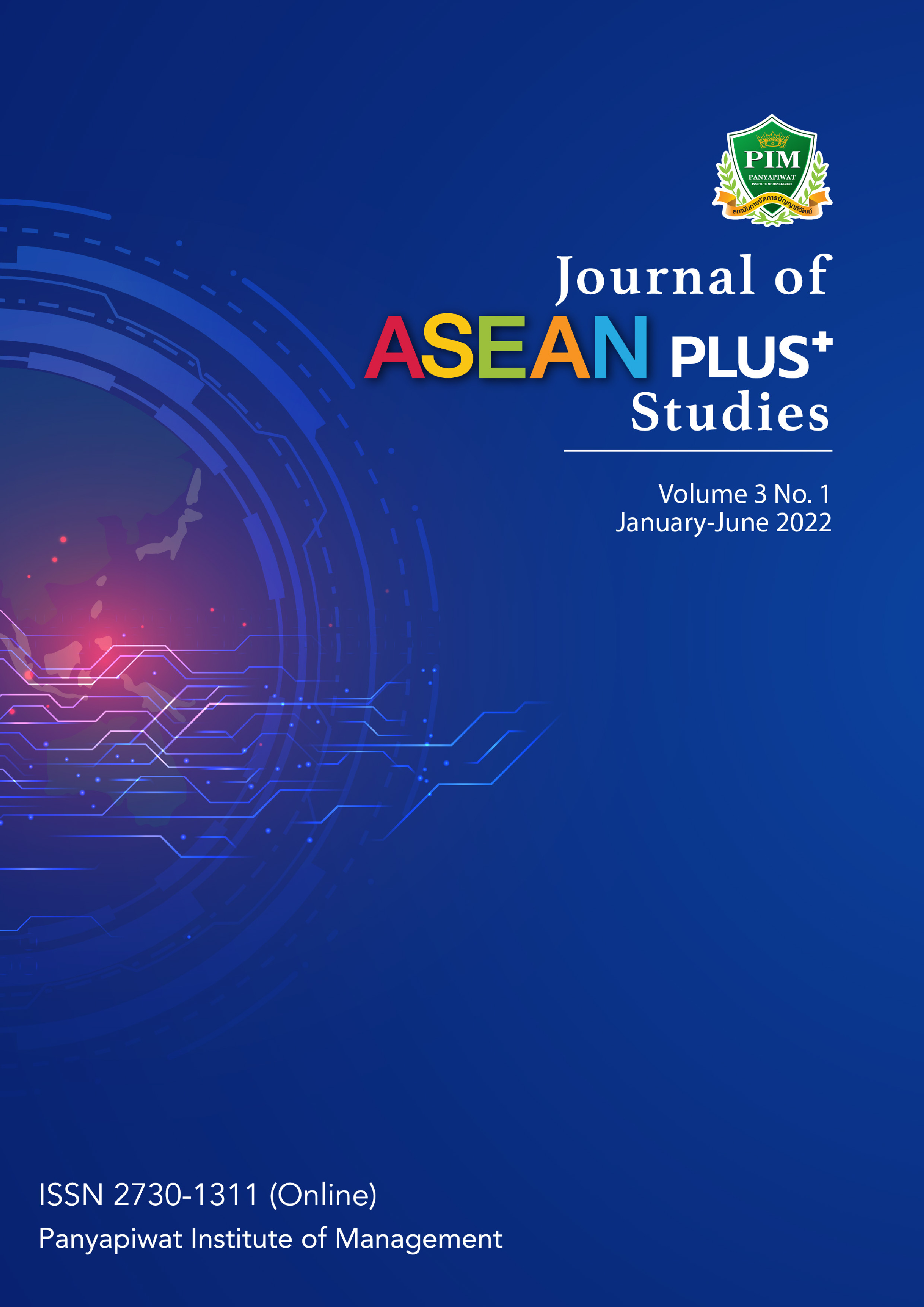Demand-Driven Supply Chain: The Case of Thai Fruit Export to China
Keywords:
Demand-Driven Supply Chain, Supply Chain Integration, Fruit Export, Thailand, ChinaAbstract
This paper aims to study the market and supply chain of Thai fruits in China and propose a demand-driven strategy in the context of the COVID-19 pandemic. Data from interviews with more than 100 units in field trips and focused groups covers 20 provinces in Thailand and 12 provinces in China. Qualitative data analysis is applied through open coding, axial coding, and selective coding with the NVivo software. The contributions are 1) It proposes “Supply Chain Integration” (SCI) as the key strategy to achieve a “Demand-Driven Supply Chain” (DDSC), and defines the concept of SCI in a 5i framework (information, Initiation, interconnection, inspection, and investment); 2) It estimates the market size of Thai fruits in China and portraits 21 new consumer behaviors in 3 segments; 3) It describes components, process, and mechanism of the supply chain; 4) It analyses the current issues of impacts and solutions to the problems of ZCP (Zero COVID Policy) in China; and 5) For policy implication, it sets up six strategic objectives from the SWOT matrix, supported by related strategies in supply chain components and a guide to the competitive marketing mix.
References
CEIC. (2021). China GDP Per Capita. Retrieved January 10, 2022, from https://shorturl.asia
/9HCJW
Chartered Institute of Procurement & Supply. (2019). Demand-Driven Supply Chain.
Retrieved January 10, 2022, from https://shorturl.asia/9HCJW
Chi, M., Huang, R., & George J. F. (2020). Collaboration in the Demand-Driven Supply Chain: Based on a Perspective of Governance and IT-Business Strategic Alignment. Retrieved January 10, 2022, from https://shorturl.asia/Ile9o
Department of International Trade Promotion, Ministry of Commerce Thailand. (2017). International Trade Economic Situation Report Market Situation of imported fruit in China by the Overseas Trade Promotion Office in Xiamen City. Retrieved January 10, 2022, from https://www.ditp.go.th/contents_
attach/168157/168157.pdf
Department of Intellectual Property. (2022). GI Products in Each Region. Retrieved January 20, 2022, from https://www.ipthailand.go.th/th/gi-002.html
KPMG. (2016). Demand-Driven Supply Chain 2.0 KPMG International. Retrieved January 20, 2022, from https://shorturl.asia/0lDLn
Pointe, M. (2018). Five Key Factors to Creating a Demand-Driven Supply Chain. Retrieved February 10, 2022, from https://shorturl.asia/vpM3m
Sharma, V. (2019). The Cloud-Based Demand-Driven Supply Chain. Retrieved February 12, 2022, from https://shorturl.asia/pTFxD
Thaigov. (2022). Fruit Board Fears Coronavirus Outbreak in China Impact on Thai Fruit Exports, Recommends Exporters to Increase Shipping by 55%. Retrieved February 12, 2022, from https://www.thaigov.go.th/news/contents/details/53408
Thanmanee, P. (2022). UPDATE! The Situation of Transportation of Agricultural and Food Products (Cold Chain Logistics) between Thailand and China. Retrieved February 14, 2022, from https://shorturl.asia
/64CIy
Zang, J. (2022). China’s 2021 Fruit Import and Export Statistics Released. Retrieved February 12, 2022, from https://shorturl.asia/yzF0Z






